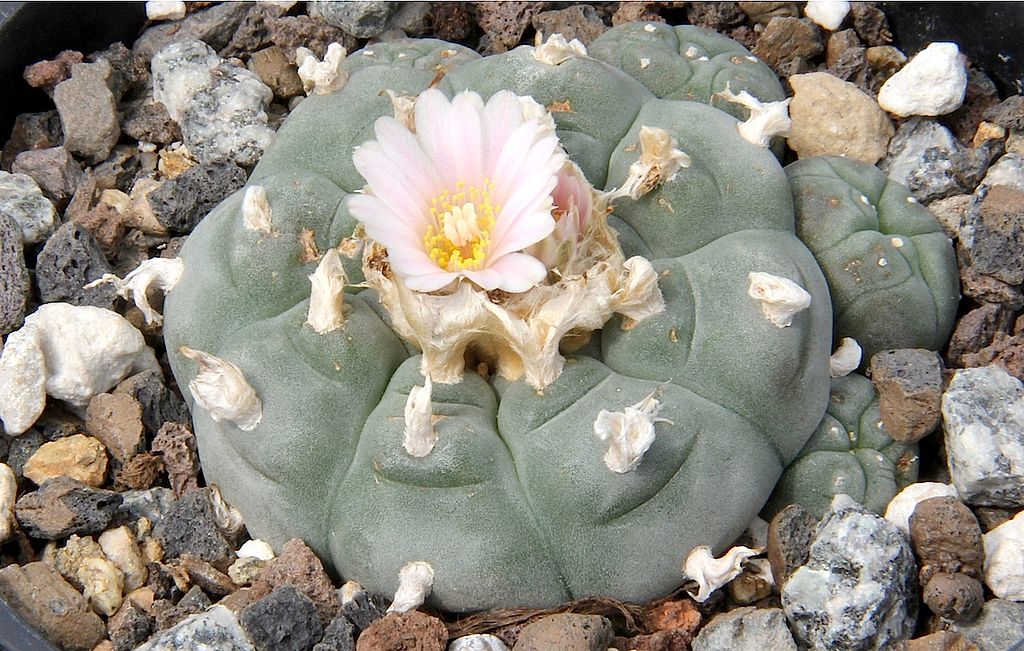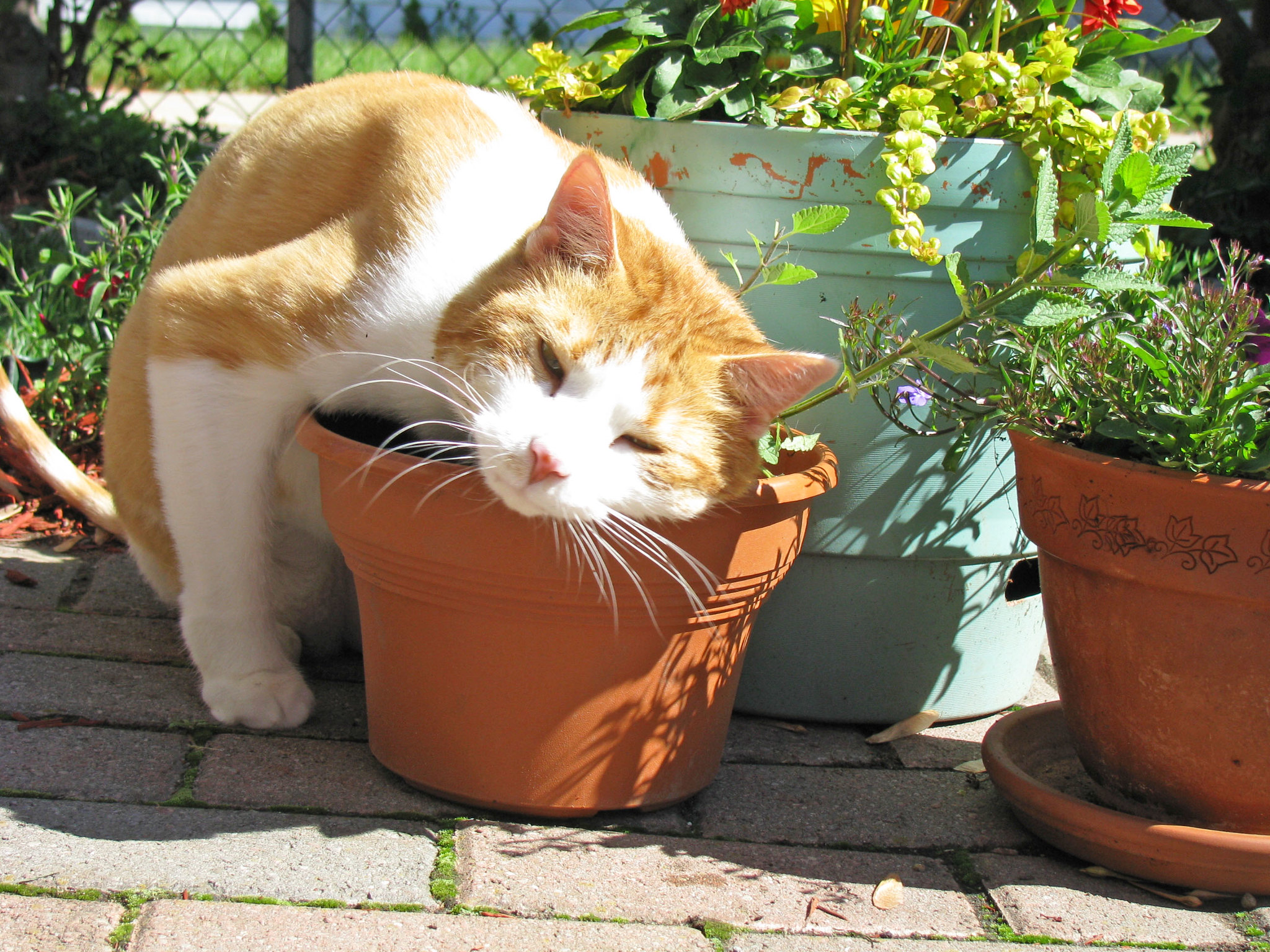1.4 Uses of Psychoactive Drugs
Christine Miller and Jacqueline Lewis
Psychoactive substance use is prominent in North American society. You may have been prescribed psychoactive drugs by your doctor. For example, your physician may have prescribed you an opioid drug, such as codeine for pain. Chances are you also use nonprescription psychoactive drugs (like caffeine) for mental alertness and alcohol and/or cannabis recreationally as part of social activities. These are just a few of the many possible uses of psychoactive drugs.
Medical Uses
General anesthesia is one use of psychoactive drugs in medicine. With general anesthesia, pain is blocked and unconsciousness is induced. General anesthetics are most often used during surgical procedures and may be administered in gaseous form. General anesthetics include the drugs halothane and ketamine. Other psychoactive drugs are used to manage pain without affecting consciousness. They may be prescribed either for acute pain in cases of trauma (such as broken bones) or for chronic pain caused by arthritis, cancer, or fibromyalgia. Most often, the drugs used for pain control are opioids, such as morphine and codeine.
Many mental health conditions are also managed with the use of psychoactive substances. Antidepressants like sertraline, for example, are used to treat depression, anxiety, and eating disorders. Anxiety disorders may also be treated with anxiolytics, such as buspirone and diazepam. Stimulants (such as amphetamines) are used to treat attention deficit disorder. Antipsychotics (such as clozapine and risperidone) — as well as mood stabilizers, such as lithium — are used to treat schizophrenia and bipolar disorder.
As you will learn in this course, the growing recognition of opiate use disorders (OUDs) as medical issues has resulted in better access to a wider array of legally available treatments, including Opioid Agonist Treatment (OAT). As part of OAT, patients are prescribed opioid agonist medications (e.g., methadone, buprenorphine/naloxone, slow-release oral morphine, etc.) to help prevent withdrawal symptoms (BC Mental Health & Substance Use Services, n.d.).
Ritual Uses

Certain psychoactive drugs, particularly hallucinogens, have been used for ritual purposes since ancient times. For example, in regions where the mescaline-containing peyote cactus grow (pictured on left) some Indigenous groups have used it for religious ceremonies for as long as 5,700 years. In Europe, the mushroom Amanita muscaria, which contains a hallucinogenic drug called muscimol, was used for similar purposes. Various other psychoactive drugs — including jimsonweed, psilocybin mushrooms, and cannabis — have also been used for millennia, by various peoples, for ritual purposes.
Recreational Uses
The recreational use of psychoactive drugs is generally engaged in for the purpose of altering one’s consciousness and creating a feeling of euphoria or a “high.” Commonly used recreational substances include cannabis, alcohol, opioids, and stimulants (such as nicotine). Hallucinogens are also used recreationally, primarily for the alterations they cause in thinking and perception.
Some investigators have suggested that the urge to alter one’s state of consciousness is a universal human drive, similar to the drive to satiate thirst, hunger, or sexual desire. They think that this instinct is even present in children, who may attain an altered state by repetitive motions, such as spinning or swinging. Some nonhuman animals also exhibit a drive to experience altered states. They may consume fermented berries or fruit and become intoxicated. The way cats respond to catnip is another example.


